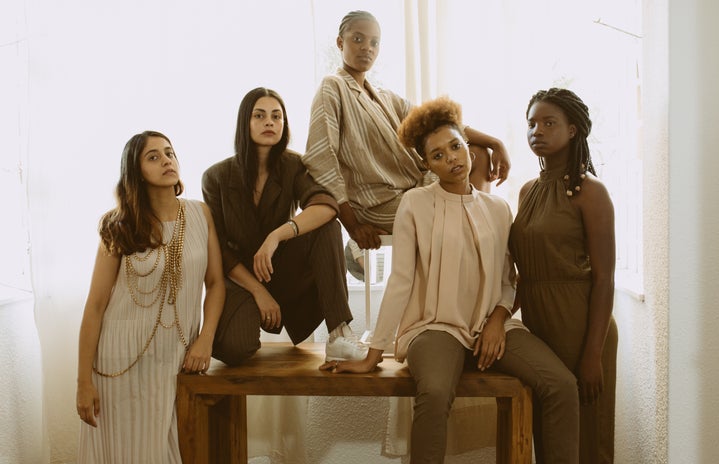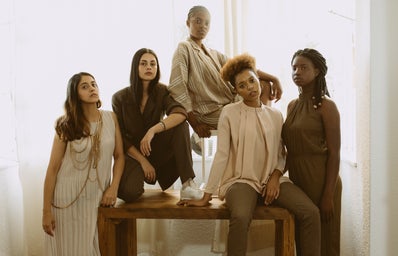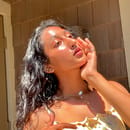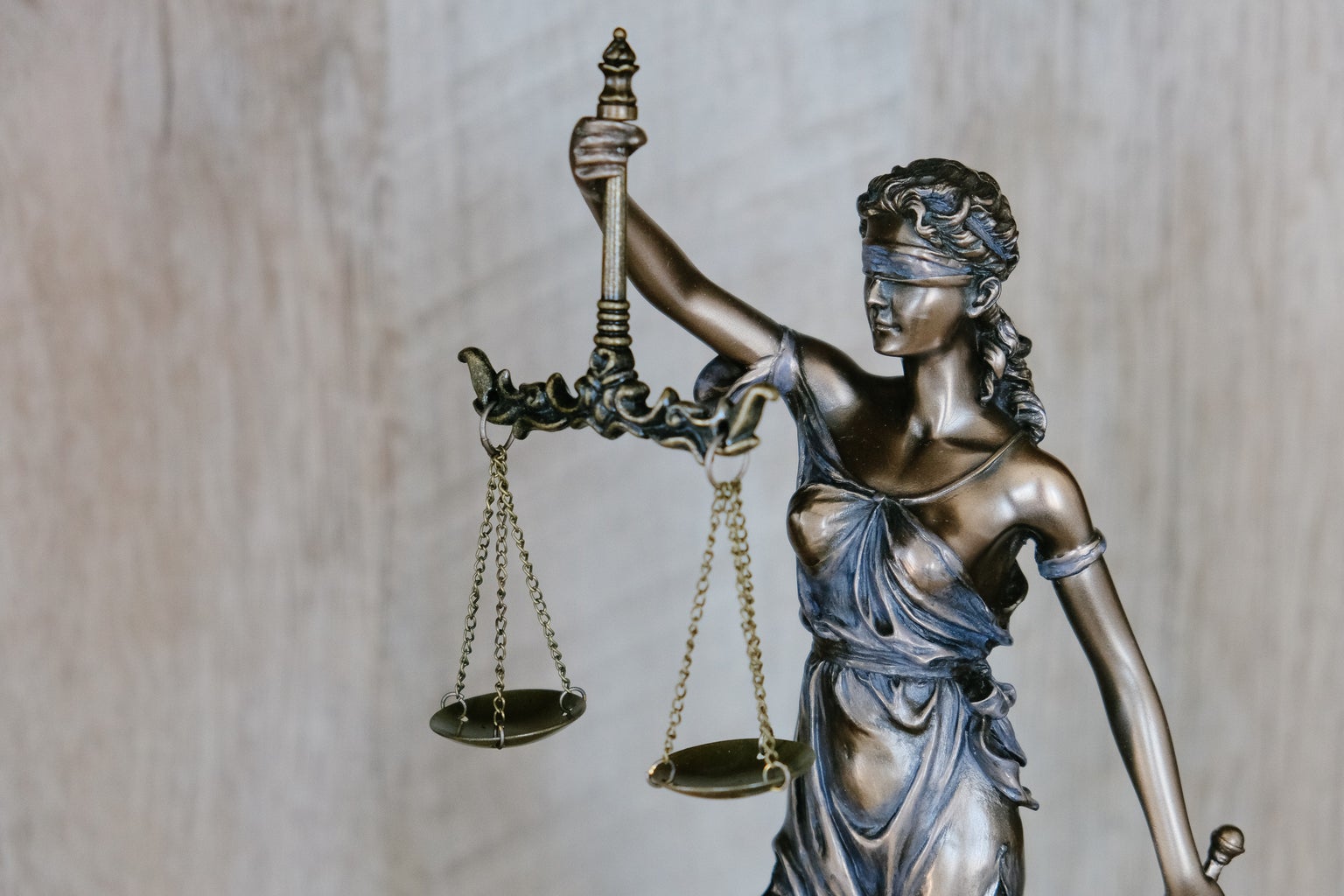*Disclaimer: This is by no means a comprehensive view of how the concept of whiteness morphs in order to maintain white supremacy. It is simply a snapshot of how I personally have been understanding the concept of whiteness changing.
It’s no secret that a common experience of many first generation Indian Americans consists of a loss of connection to culture and internalized racism, colorism, and the like. I’m definitely no different. My skin, my features — everything about me that screams “Indian” — was something that I used to hate and (tried to) hide.
While I have been doing a lot of work to deconstruct how Eurocentric beauty standards work to uphold a system of white supremacy, I would be remiss if I didn’t talk about how — especially recently — white people are stealing and co-opting Black, brown, and Asian features (to only name a few) and profiting off of them, as well as changing the definition of what “whiteness” is. White people are allowed to tan, wear culturally significant clothing, curl their hair, and get plastic surgery to get fuller lips, thighs, and the like, and are subsequently praised for doing so, while not grappling with the understanding that many people of color (POC) have often been demonized for naturally having those very features and trying to stay connected to their culture in America.
It’s not just that we’ve been bullied for our features, traditions, and cultures. Too often, within systems of education, housing, and jobs, we see inequities in how BIPOC people are treated in relation to their white counterparts. This discrimination leads to less access to adequately funded education, restrictions from housing, loans, and jobs, which all lead to major wealth gaps, not to mention the amount of generational trauma that very few BIPOC, if any, can escape in America.
The concept of whiteness has been something that morphs over time to include more and more groups of people in order to maintain white supremacy. Whiteness cannot exist without morphing because it only functions to other blackness. Whiteness needs blackness, in its othering of the concept, to survive. And so, when whiteness feels threatened, it will expand to privilege more people hoping to maintain its power. As more and more people decide to artificially take Black features, we are seeing what is considered to be white and white-passing change as well. This is increasingly harmful when taking into consideration that BIPOC features within the media are only deemed as beautiful and desirable when in proximity to whiteness. We must understand that white and non-Black people tanning and getting BBL’s and other forms of plastic surgery is fundamentally attached to co-opting blackness.
Additionally, white people who look “racially ambiguous” as a result of tanning or changing physical features will be privileged within the media, workforce, and society as a whole before BIPOC individuals who naturally have these now desired features, such as fuller lips, wavy/curly hair, or an hourglass figure ever will.
More recently I’ve been struggling with the question of if I have really grown and learned to accept all my Indian features — my skin, my facial features, and my body — or if so many white people are co-opting these very same things, as well as the culture, that loving myself and openly learning about my culture seems easier simply because these features that were so demonized only a little while ago are desired now, and even fetishized. While I understand that nothing exists in a vacuum and it is probably a mixture of both, learning to deconstruct my own internalized featurism, colorism, fatphobia, etc. as well as being surrounded by so much media that (now) idolizes a certain type of “acceptable” brown skin.
But I think it’s important to remember that the media tends to only feature BIPOC people to profit off of them. In 2020, many companies posted black and brown people and sent out blanket statements of support (of BLM) that allowed them to commodify one of the largest social movements today in America, but did not actually do the work to continuously hire a range of models and executives with inclusive body shapes and skin tones. I find that while there is a little bit more representation within the media, there is still a standard of what is “socially acceptable” — namely being brown but not too brown, having curly hair but not too curly hair, having curves but no cellulite, and so on. There is still an unattainable beauty standard that does not include or center many BIPOC people.
What frustrates me the most is that white people are allowed to take these features, these preserved cultural traditions, and cultures that arose out of the ostracization of marginalized peoples, and benefit off the beauty and joy of it all without having to understand the historical context they exist in, nor will ever have to face any of the discrimination and othering that BIPOC people face on a daily basis. And this is why cultural transactions, especially in America, can very easily be appropriated in terms of Black-fishing, Asian-fishing, and blatant stealing. There is an element of gatekeeping that is necessary. Exclusion for the sake of protection of historically and culturally significant practices, traditions, and garments are necessary because we live under larger systems and structures that do not allow them to exist on the bodies that are most connected to them.
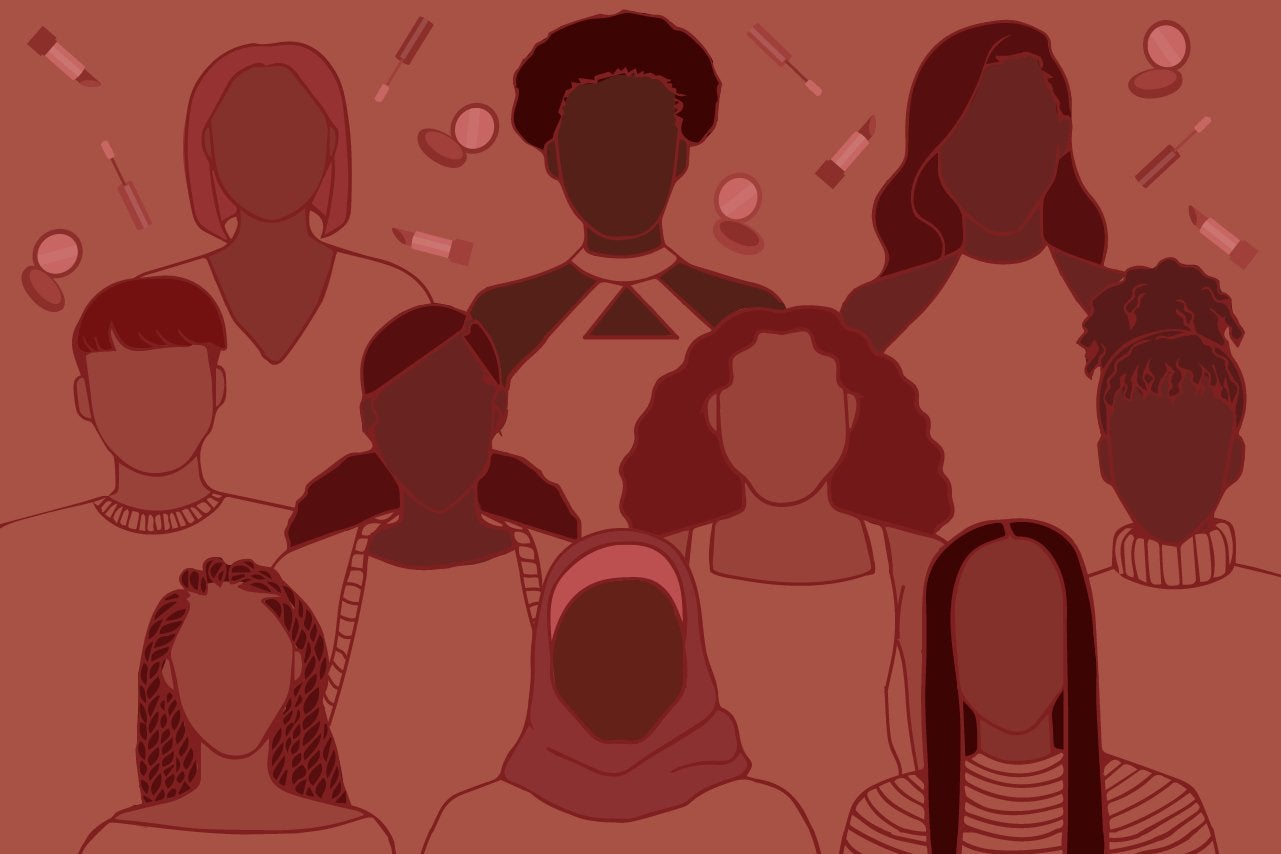
There’s something about unapologetically loving yourself and seeing others that look like me love themselves that will always bring a smile to my face. I will never not see the beauty in my long nose, bushy eyebrows, and brown skin ever again. And I hope that one day people will be able to look around their classroom, their grocery stores, their neighborhoods, their workplaces, their lives, and see others that look like them and see it all as beautiful.
Can’t get enough of HC UMass Amherst? Be sure to follow us on Instagram, listen to us on Spotify, like us on Facebook, and read our latest Tweets!
